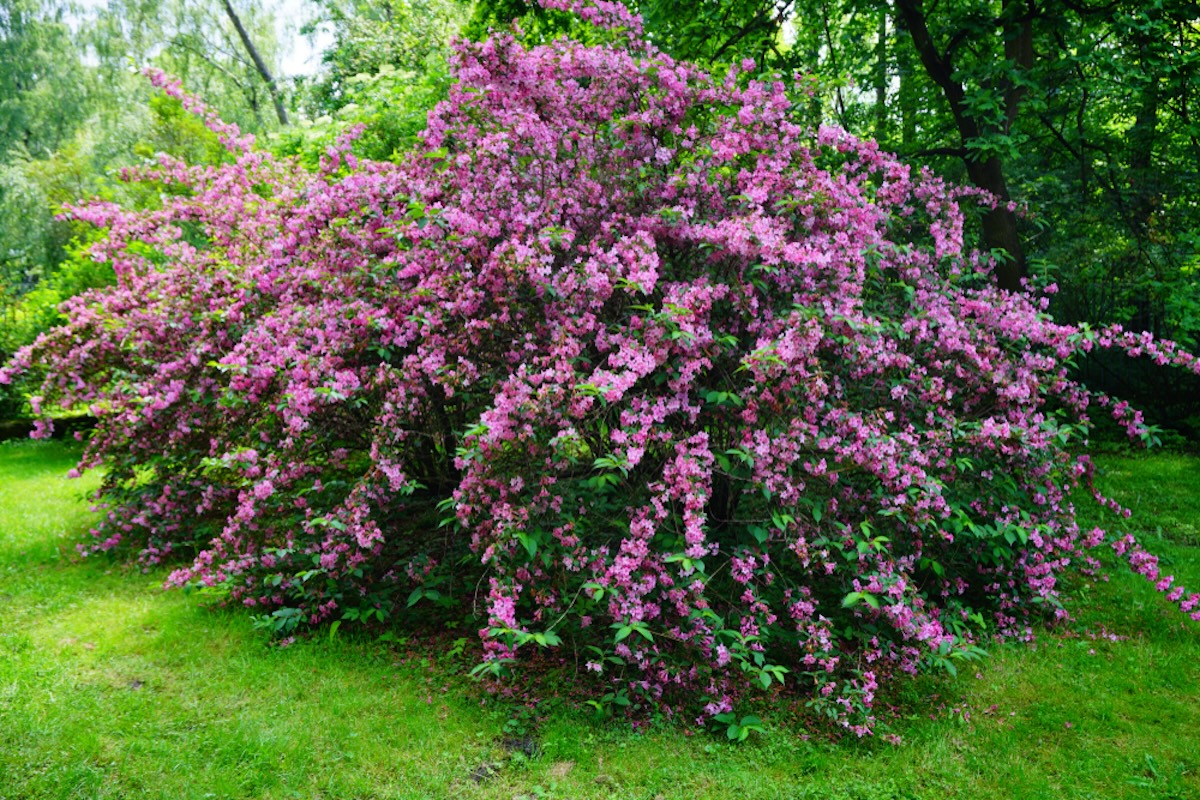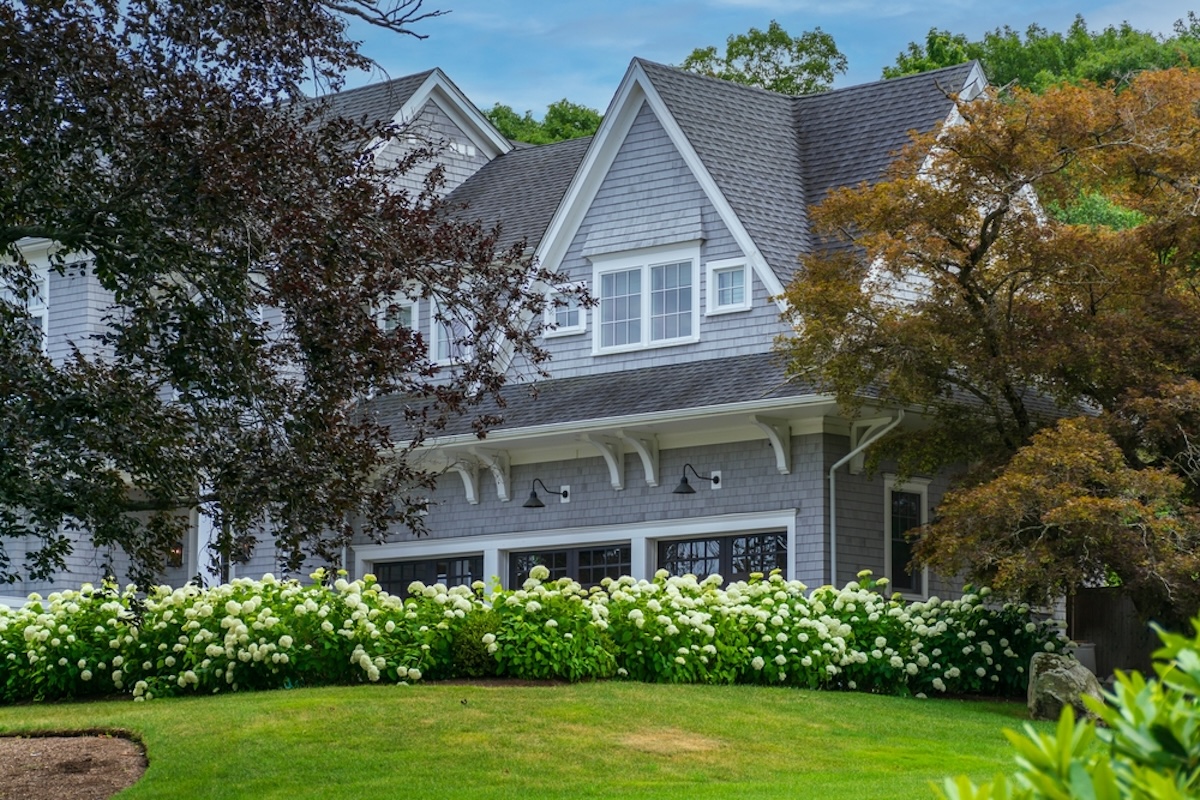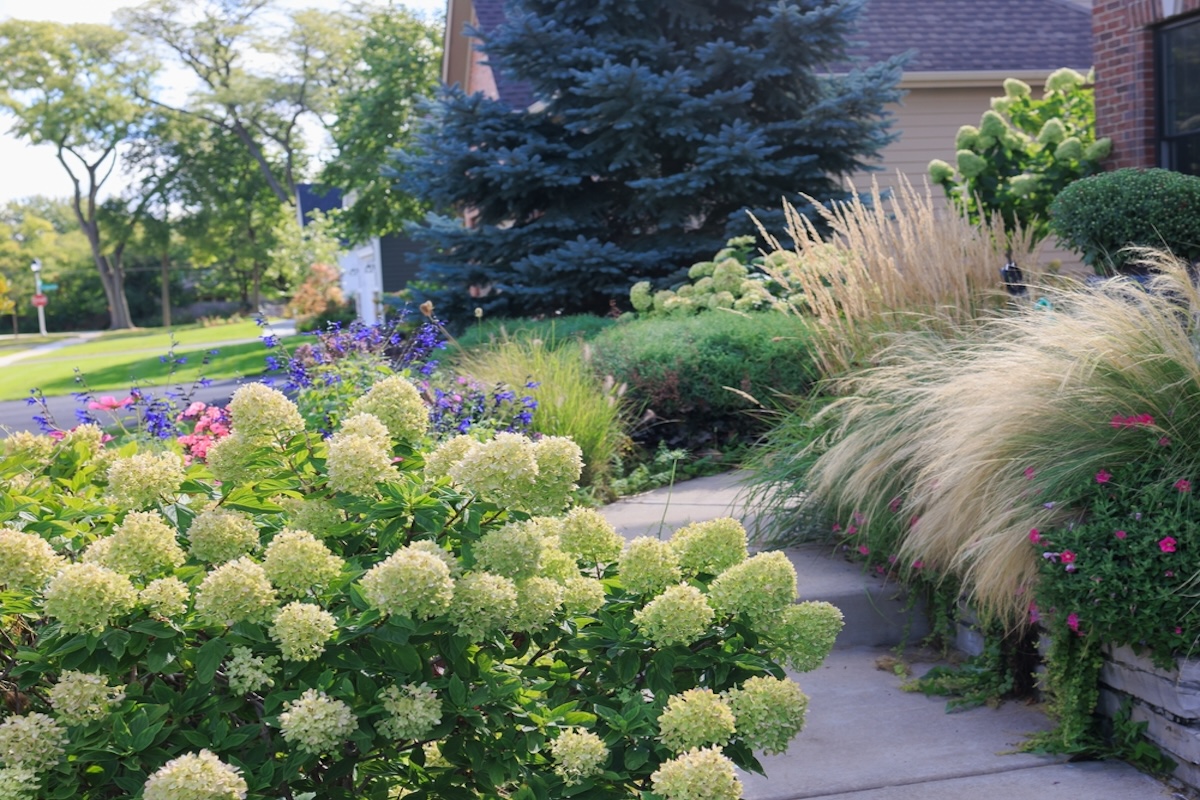Are you looking to brighten up the front of your house in Florida? Choosing the right plants can make all the difference in creating a welcoming and beautiful entrance.
But with so many options, it’s easy to feel overwhelmed. What if you could pick plants that not only look stunning but also thrive in Florida’s unique climate? You’ll discover the best plants that will boost your home’s curb appeal, require less care, and stand up to the Florida heat.
Keep reading, and you’ll find the perfect green companions for your front yard that everyone will admire.
JUMP TO TOPIC
Choosing Plants For Florida Front Yards
Choosing plants for Florida front yards requires careful thought. The right plants can boost curb appeal and survive local conditions. Florida’s unique environment means some plants thrive better than others. Understanding climate, soil, sunlight, and water needs helps in selecting the best plants.
Climate Considerations
Florida has a warm, humid climate with mild winters. Many plants must tolerate heat and occasional cold snaps. Plants that handle high humidity and summer storms do well. Drought-resistant varieties survive dry spells. Coastal areas need salt-tolerant plants. Choose species that fit your specific Florida region.
Soil Types In Florida
Florida soil varies from sandy to clay. Sandy soil drains quickly but holds fewer nutrients. Clay soil retains moisture but can cause root problems. Test your soil to know its type. Amend soil with organic matter to improve growth. Select plants adapted to your soil for best results.
Sunlight And Water Needs
Sunlight varies across Florida yards. Some spots get full sun, others partial shade. Match plants to the light available. Florida’s rain can be heavy but uneven. Water plants deeply but less often. Use mulch to keep soil moist and cool. Proper watering helps plants stay healthy and strong.

Credit: www.bobvila.com
Top Flowering Plants
Bright flowers bring life to your Florida home’s front yard. They add color and charm all year. Choose plants that thrive in Florida’s warm climate. These flowering plants stay beautiful with little care. Their blooms attract butterflies and bees, making your garden lively.
Hibiscus Varieties
Hibiscus plants have big, bold flowers. They bloom in red, pink, yellow, and white. These plants love full sun and warm weather. Hibiscus grows well in Florida’s soil. They can be shrubs or small trees. Prune them to keep a neat shape. Their large flowers create a tropical look.
Bougainvillea
Bougainvillea offers bright colors like purple, pink, and orange. This plant climbs walls or fences easily. It needs lots of sunlight and well-drained soil. Bougainvillea blooms almost all year in Florida. It can grow as a vine or bush. Its vibrant colors make your house stand out.
Ixora
Ixora is a small shrub with dense flower clusters. Flowers come in red, orange, yellow, and pink. This plant loves heat and sun. Ixora works well as a border or hedge. It grows quickly and blooms often. Its bright flowers brighten any front yard space.
Best Shrubs For Structure
Shrubs are key to shaping your front yard in Florida. They add form, texture, and color all year. Choosing the right shrubs creates a strong base for your garden design.
These plants offer structure and stay beautiful through different seasons. They fit well with Florida’s warm climate and soil types. Their size and shape make them perfect for lining pathways or framing your home.
Croton
Croton is famous for its bright, colorful leaves. Its colors range from green to yellow, red, and orange. This shrub grows well in full sun and warm spots. It stays dense and adds a tropical look to your front yard. Croton is low maintenance and handles Florida heat easily.
Podocarpus
Podocarpus is a tall, narrow shrub ideal for privacy screens. It has dark green leaves that stay fresh all year. This plant grows well in sun or partial shade. It shapes nicely with light trimming. Podocarpus adds a classic, clean look to your home’s front.
Firebush
Firebush blooms with bright red-orange flowers that attract butterflies. It can grow as a small tree or a shrub. Firebush thrives in full sun and sandy soil. It handles dry spells and needs little care. This shrub adds lively color and movement to your landscape.
Tropical Foliage Plants
Tropical foliage plants bring lush greenery and bold shapes to Florida front yards. These plants thrive in warm, humid climates. Their large leaves and vibrant colors create a striking curb appeal. Tropical plants also require low maintenance once established. They add texture and depth to any garden space.
Choose tropical foliage to make your front of house stand out. Their dramatic leaves provide a natural, tropical feel. These plants are ideal for Florida’s weather and soil conditions. They attract birds and pollinators, enhancing the garden’s life.
Cordyline
Cordyline plants show long, sword-like leaves in bright colors. Their leaves can be red, pink, or green. This plant grows well in full sun or partial shade. Cordylines add height and color near walkways and entrances. They need well-drained soil and regular watering. These plants are excellent for tropical-themed gardens.
Elephant Ear
Elephant Ear plants have large, heart-shaped leaves. The leaves can reach up to three feet wide. They grow best in moist, rich soil with some shade. Elephant Ear plants create a bold, tropical look instantly. They also help fill empty spaces near the house foundation. Their lush foliage adds a soft, natural touch.
Bird Of Paradise
Bird of Paradise plants feature unique, bird-like flowers and large leaves. They bloom in bright orange and blue colors. This plant prefers full sun to partial shade. It grows well in well-drained soil with moderate watering. Bird of Paradise adds an exotic flair to the front yard. Its upright growth makes it a great focal point.
Low-maintenance Ground Covers
Low-maintenance ground covers are perfect for Florida homes. They fill spaces with green, reducing weeds and soil erosion. These plants need little care and stay attractive year-round. Ideal for busy homeowners or those new to gardening.
Liriope
Liriope is a tough plant with grass-like leaves. It grows well in sun or shade. This ground cover produces small purple flowers in late summer. It controls erosion and stays green in winter. Liriope requires little watering once established.
Dwarf Mondo Grass
Dwarf Mondo Grass is a small, dense plant. It forms a neat, dark green carpet. This grass-like cover thrives in shade or partial sun. It needs minimal water and no mowing. Great for borders or under trees where grass won’t grow.
Asian Jasmine
Asian Jasmine spreads quickly with shiny green leaves. It grows well in full sun or shade. This ground cover handles heat and drought easily. It blocks weeds and needs little trimming. Asian Jasmine adds color and texture to any front yard.

Credit: www.bobvila.com
Seasonal Color Boosters
Seasonal color boosters brighten your Florida front yard all year round. They bring vibrant hues that change with the seasons. These plants thrive in Florida’s warm climate and add fresh beauty to your landscape. Choose plants that bloom in different seasons for a colorful display.
Pentastemon
Pentastemon offers tall spikes of purple or pink flowers. It blooms from spring to fall. This plant attracts hummingbirds and butterflies. Pentastemon grows well in full sun and well-drained soil. It adds height and color to the front of your house.
Salvia
Salvia is a tough plant with bright flowers. Colors include red, blue, and purple. It blooms from late spring through autumn. Salvia requires little water once established. It is perfect for sunny spots and poor soils. This plant also draws pollinators like bees and butterflies.
Marigold
Marigolds are known for their bright orange and yellow flowers. They bloom from spring until frost. These plants repel pests and are easy to grow. Marigolds prefer full sun and regular watering. They bring cheerful color and a fresh look to your front yard.
Tips For Plant Arrangement
Arranging plants in front of your Florida house can boost its charm and curb appeal. A good layout makes the space inviting and neat. Thoughtful plant placement helps the garden look balanced and alive all year. Follow simple tips to create a beautiful front yard that feels warm and welcoming.
Layering And Height
Start with tall plants near the house or wall. Use medium plants in the middle space. Place short plants at the front. This creates a natural flow and depth. Layering helps each plant stand out. It also prevents blocking sunlight for smaller plants.
Color Coordination
Choose colors that match the house style and surroundings. Mix bright flowers with green leaves. Use a few colors to avoid a busy look. Repeat colors in different spots for unity. Color coordination makes the garden look clean and planned.
Pathway Borders
Line pathways with low-growing plants or flowers. This guides visitors and adds charm. Use plants that stay neat and don’t grow too tall. Keep edges clear for easy walking. Pathway borders create a clear route and enhance the garden’s shape.
Plant Care And Maintenance
Taking care of plants at the front of your house in Florida means regular attention. Proper care keeps plants healthy and beautiful. It also helps them grow strong in Florida’s hot and humid climate.
Good maintenance includes watering, feeding, and watching for pests. Each step plays a key role in plant health. Here are some simple tips for plant care and maintenance.
Watering Schedules
Plants in Florida need water but not too much. Water early in the morning for best results. This helps plants absorb water before the heat starts. Most plants need about 1 inch of water weekly. Check the soil; it should be moist but not soggy. Adjust watering during rainy seasons to avoid overwatering.
Fertilizing Tips
Feed plants with the right fertilizer to support growth. Use a balanced fertilizer with equal parts nitrogen, phosphorus, and potassium. Apply fertilizer every 6 to 8 weeks during the growing season. Avoid too much fertilizer; it can harm plants. Slow-release fertilizers work well for steady nutrients.
Pest Control
Florida plants face many pests like aphids and spider mites. Check plants regularly for signs of pests. Use natural pest control methods such as insecticidal soap or neem oil. Remove damaged leaves to stop pests from spreading. Keep the garden clean to reduce pest problems.

Credit: www.bobvila.com
Frequently Asked Questions
What Are The Best Plants For Florida Front Yards?
The best plants for Florida front yards include Hibiscus, Crotons, and Ixora. These plants thrive in Florida’s warm climate. They require moderate watering and full sun to partial shade. Their vibrant colors enhance curb appeal and withstand Florida’s humidity.
How To Choose Plants For Florida’s Front Of House?
Choose plants that tolerate heat, humidity, and occasional drought. Opt for native species like Coontie and Firebush. Consider plant size, growth speed, and maintenance needs. Select varieties that attract pollinators and resist pests for a healthy, attractive front yard.
Which Plants Need Low Maintenance In Florida Landscapes?
Low-maintenance Florida plants include Lantana, Dwarf Mondo Grass, and Beautyberry. These plants require minimal watering and pruning. They adapt well to Florida’s sandy soil and heat. Their resilience saves time and effort while keeping your front yard lush and vibrant.
Can Flowering Plants Thrive In Florida’s Front Yard?
Yes, flowering plants like Bougainvillea, Plumbago, and Pentas thrive in Florida. They bloom profusely with proper sunlight and moderate watering. These plants add color and attract butterflies, enhancing your front yard’s aesthetic appeal year-round.
Conclusion
Choosing the right plants makes your Florida home look bright and fresh. These plants thrive well in the warm and sunny climate. They need little care but bring big beauty to your front yard. Bright flowers and green leaves create a warm welcome for guests.
Planting them helps your home stand out in your neighborhood. Start small, and watch your garden grow with color and life. Enjoy the beauty of nature right outside your door. Simple choices make a strong, lasting impression.

